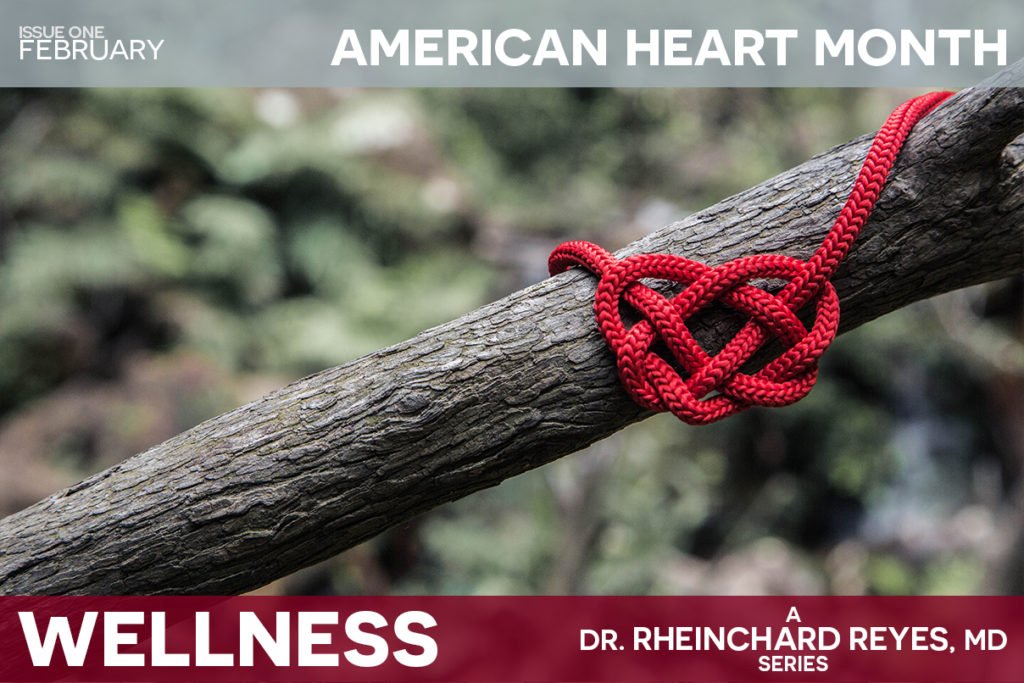February is American Heart Month which raises awareness on health. Cardiovascular disease remains the leading cause of death not only in the U.S. but around the world. Each year, there are 610,000 deaths attributed to heart disease in the U.S. alone. According to the Centers for Disease Control and Prevention (CDC), heart disease is the number one cause of death in the U.S. (that’s about 1 in 4 deaths). There are an average of 735,000 heart attacks reported each year- 210,00 of these happen in people who have previously experienced a heart attack.
Cardiovascular Disease
In a person with heart disease, as plaque builds in the arteries, the inside of the artery narrows and lessens or blocks the artery- this process is known as atherosclerosis. If blood flow stops due to a blood clot, it can cause a heart attack or a stroke.
When the heart’s oxygen supply and nutrients are severely depleted or entirely cut-off, it is called ischemia. A myocardial infarction, or heart attack, happens as a result of ischemia when the heart gets damaged or part of the heart muscle dies. Other causes of heart attack include coronary artery spasms- which can occur in blood vessels that appear normal and spontaneous coronary artery disease- which is the result of spontaneous tear in the coronary artery wall, although the latter condition is rare.
Cardiac arrest is not the same as heart attack, although many people use these interchangeably. Unlike myocardial infarction, cardiac arrest happens when the heart suddenly stops as a result of malfunction. If cardiopulmonary resuscitation (CPR) is performed and a defibrillator is used, cardiac arrest may be reversed.
As per the American Heart Association: A heart attack is a circulation problem and sudden cardiac arrest is an electrical problem.
Who’s at risk for heart disease?
In the U.S., heart disease in the leading cause of death across most ethnic groups. About half of the entire U.S. population has one of three major risk factors for heart disease- smoking, high blood pressure or high cholesterol. Other contributing factors include:
– Diabetes
– Poor diet
– Obesity
– Physical inactivity
– Alcohol abuse
Adopting a lifestyle consisting of a balanced diet, regular exercise and staying away from cigarettes and heavy alcohol consumption can help reduce the risk of heart disease.
Heart attack symptoms
Symptoms of heart attack vary between men and women. The most common symptom in both women and men is chest discomfort or pain. Other signs include:
– Lightheadedness
– Nausea or vomiting
– Pain in back, neck or jaw
– Pain or discomfort in shoulder or arm
– Shortness of breath
Unlike men, women are more likely to experience the other symptoms- shortness of breath, back or jaw pain, and nausea and/or vomiting.
Heart disease affects millions worldwide- regardless of ethnicity. Maintaining healthy eating and exercise habits can reduce the risk of heart disease. Early symptom awareness is crucial to surviving a heart attack. If you have experienced any of the referenced symptoms or have any concerns about your cardiovascular health, contact your healthcare provider.
Sources:
- https://www.cdc.gov/heartdisease/facts.htm
- https://www.health.ny.gov/diseases/cardiovascular/heart_disease/types_of_cv.htm
- http://www.heart.org/HEARTORG/Conditions/HeartAttack/AboutHeartAttacks/About-Heart-Attacks_UCM_002038_Article.jsp#.Wn0HHq6nHIU
- http://www.heart.org/HEARTORG/Conditions/HeartAttack/WarningSignsofaHeartAttack/Warning-Signs-of-a-Heart-Attack_UCM_002039_Article.jsp#.Wn0QTa6nHIU


